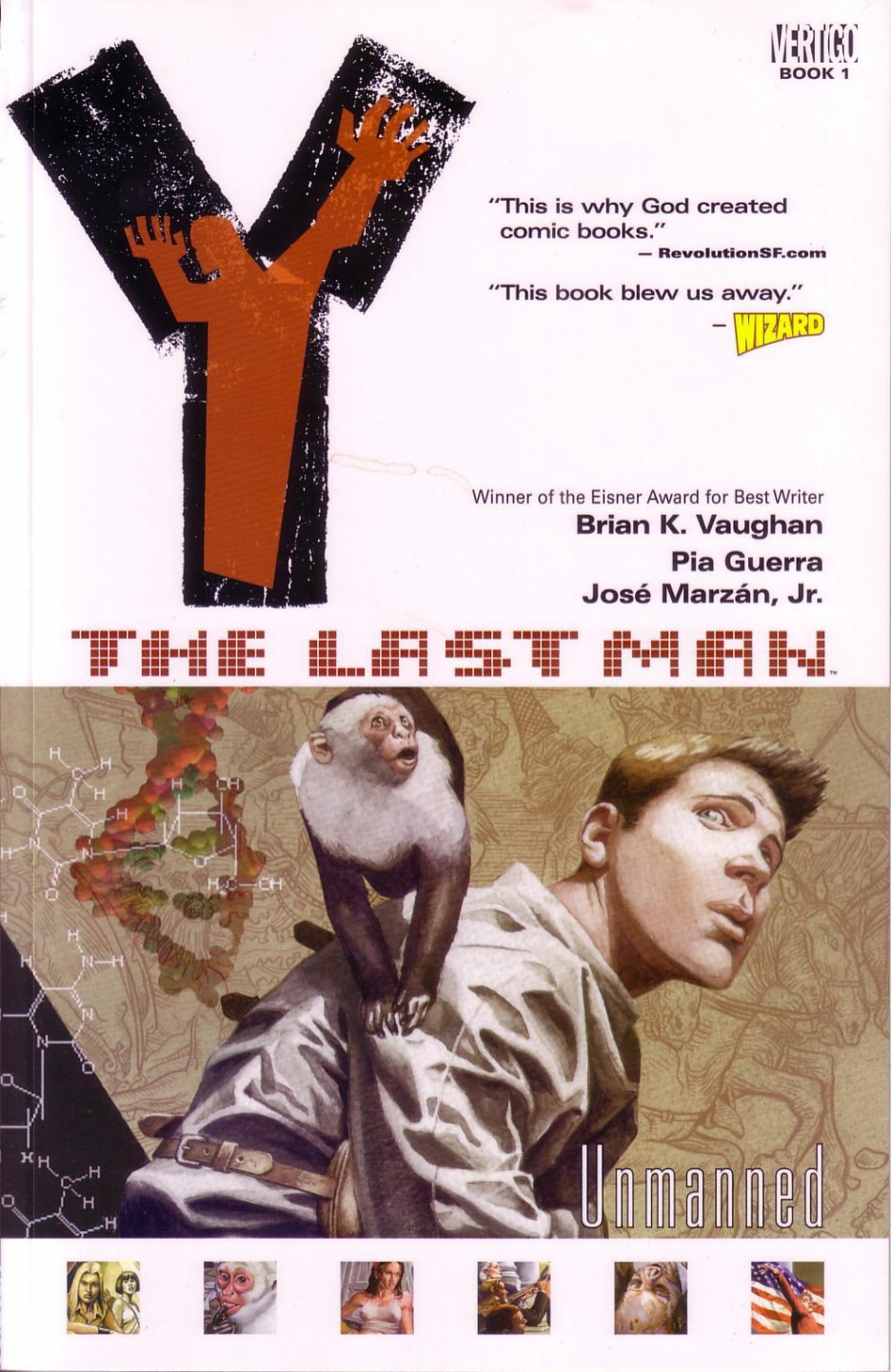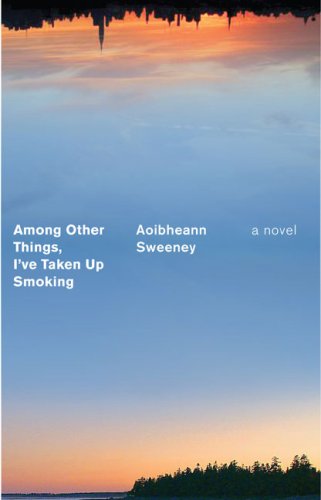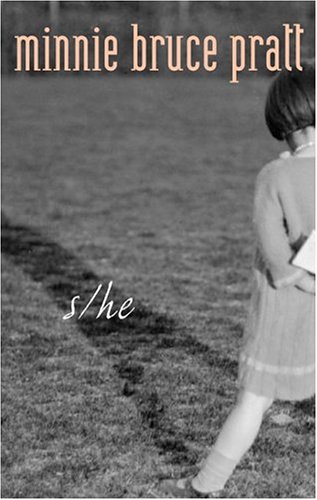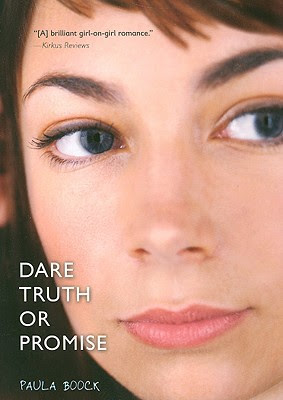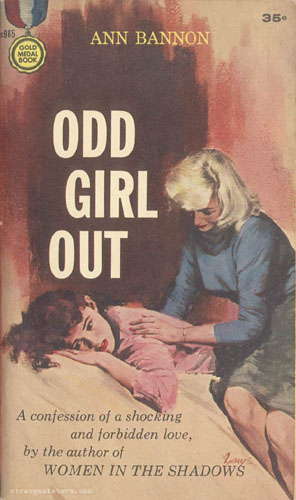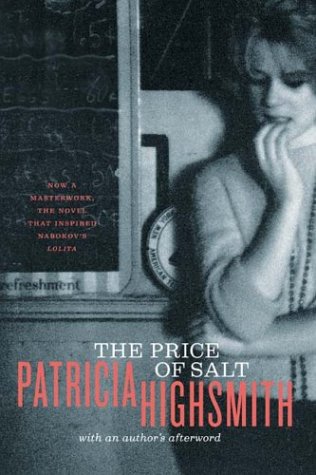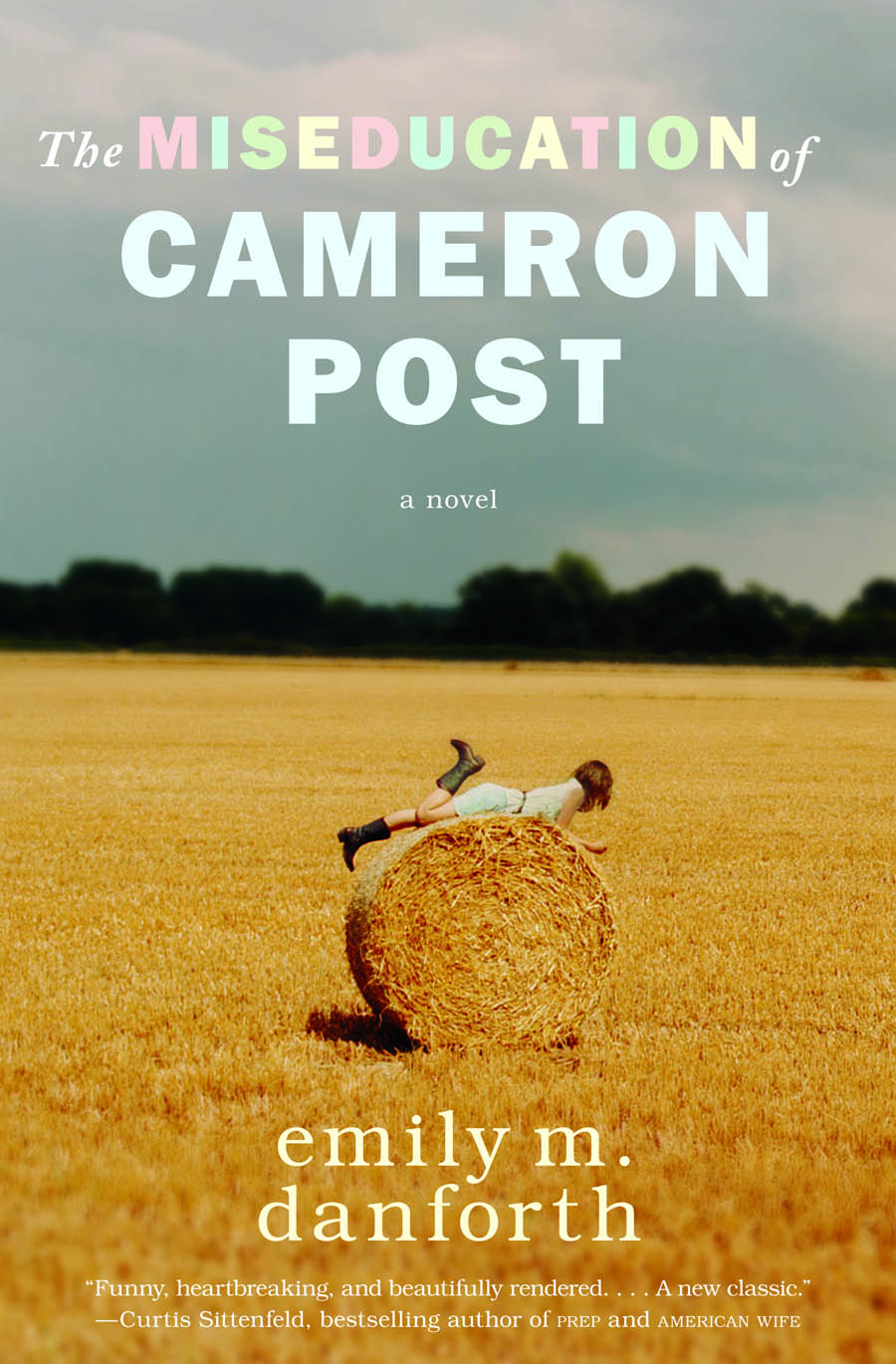Candace Walsh’s book, Licking the Spoon: A Memoir of Food, Family, and Identity, had me from the very first page, which features a sensual description of making seafood-mushroom risotto in a steamy, cramped New York apartment kitchen. Right off the bat, Walsh displays her talent for evoking rich, palpable settings, and she continues to do so throughout the memoir, drawing full, memorable pictures of childhood homes in Long Island, sketchy college apartments in Buffalo, and airy, open New Mexico kitchens bathed in sunlight. Food, of course, is central to each of these places and the different times in Walsh’s life. Although Danika is right when she writes in her review that the memoir is less about food than food is an ongoing theme, Walsh very effectively uses food as a lens through which to examine and explore her life’s ups and downs.
For example, she manages to make even the most bare bones pea soup recipe appealing, clearly because the recipe was learnt from her straight college roommate, for whom she experienced a pining, unrequited love. The soup, comprised of only peas, onion, water, and salt and pepper, has a kind of spiritual cleanliness and simplicity that Walsh was yearning for at that time in her life. It’s also at this period that Walsh discovers the vegetarian cookbook writer Mollie Katzen’s books, which inspire her to this brilliant vision of “an orderly yet creative life”:
“I could wake up, do a series of yoga poses in my tidy, spacious bedroom, drink herbal tea in my kitchen, eat homemade yogurt and granola for breakfast, and ride my bicycle to campus, where my assignments would be complete in a satchel and my classmates would wonder about me, a mysterious human being who was winsomely beautiful and smelled faintly of lemon verbena and lavender. I couldn’t have been further from that persona.”
The clincher, of course, is the last sentence. There’s something about this idealistic dream of being a well-adjusted, serene person everyone admires that I deeply identified with. You know in your heart of hearts that it’s unreasonable and unobtainable, and that it’s not even really you, but the hope persists. This is a lot of what Walsh’s journey is about, actually: that convoluted route to a person and a life that is healthy, and good, and that feels right for you. Part of this is her discovering her queer sexuality, but that’s only one piece of the puzzle. In her review on AfterEllen, Jill Guccini aptly describes what else is going on: “the complex ties of family, … the sometimes cruel world of childhood and the demons that haunt the people you love the most … all those things you’re supposed to do once you finally escape the bubble of home: the alcohol, the drugs, and the exhausting career building in New York City in your 20s, struggling to find a worthy partner who won’t repeat the faults in your heritage.”
Somewhere amidst all these external happenings of her life, which also include disordered eating and emotional and sometimes physical abuse, Walsh makes her way towards a life that is finally the right fit for her. I found the explanation of her decision to exclusively pursue women as romantic and sexual partners fascinating. Indeed, for most of the book Walsh dates men, although there are hints of her Sapphic inclinations throughout. The prologue actually disguises the gender of the person she has a crush on, who is attending a dinner at Walsh’s house while her husband is away at work. I bet there were some straight people who picked up this book who were surprised to find out how much queer content was in it. Anyway, I always appreciate hearing stories about women’s sexual identity that have a different narrative other than I’ve-known-since-I-was-five-and-have-always-been-100%-lesbian. I think it’s really important to talk about the grey areas and actual queer women’s experiences. Too often women coming out don’t feel that their experiences are reflected in cultural narratives of queerness (this happens, I think, because gay men’s experiences dominate these narratives) and then they feel somehow ‘inauthentically’ lesbian or queer. I know I did. Anyway, this is Walsh’s description of her sexuality (fittingly, she uses a really effective food metaphor):
“I loved sex with women way more than sex with men. It wasn’t a stretch, or stressful, or a chore, or a performance … That’s not to say that I looked back and saw my sexual history with men as a disappointment. I pursued, wooed, loved, and savoured men. I just didn’t realize how much more there was to enjoy. If you spend your whole life eating pork chops and applesauce with sauerkraut, you have no idea how much you prefer pork served with a mole of cacao nibs, six kinds of chilies, cinnamon, anise, cloves, coriander, ground almonds, pumpkin seeds, and garlic … until you try it. I still found men attractive. But all I wanted from even the most compelling man I saw was a really good hug. The last man I had a crush on before I met Celine was Greek; he hailed from Lesbos. I was on a track, all right.”
There’s a lot to love and savor in Licking the Spoon. It’s the kind of honest, compelling memoir that makes you realize that most so-called ordinary peoples’ lives are actually quite extraordinary. It’s a book that also makes you think that your very own life might be worthy of a memoir as well.


